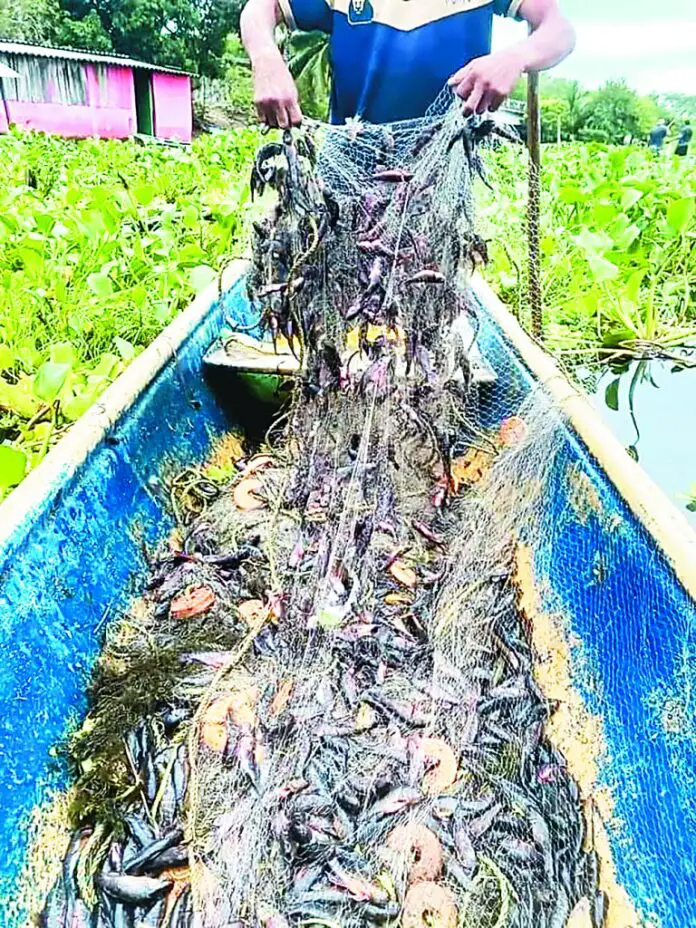With the first rains of September and October, its capture begins as it migrates to more brackish waters.
In the heart of the Tabasco swamps and streams, when the torrential rains of September and October irrigate the fields and feed the water bodies, a gastronomic jewel emerges: the topen (Belonesox belizanus), known in Yokot’an as Chëk ni’.
This small fish, which spends much of the year hidden in aquatic grasses, comes out to rivers and lagoons, becoming one of the most anticipated delicacies for the Chontal people. Its fishing and consumption have been an integral part of the indigenous traditions of the region, considered a gift brought by the annual floods.
HOW IT WAS DONE
The elderly fishermen of Centla and Tamulté de las Sabanas remember how fishing for topen was an ancestral ritual. With wicker and reed baskets, they would ask permission from yumjá, the owner of the water, before capturing it.
Today, fishing for topen remains an important livelihood for the communities of Tabasco, although the effects of climate change and pollution threaten its survival.
It is captured in localities of the municipalities of Centla, Centro, Comalcalco, Cunduacán, Jalpa de Méndez, and Nacajuca.
THE BLESSING OF THE GOD YUMJÁ
Its capture has been a tradition in the savannas of Tabasco.
– Fishing season: The topen appears with the rains of September and October, being a temporary resource awaited by the Chontal people.
– Ancestral ritual: Fishing for topen was done with wicker and reed baskets, and permission was asked from yumjá, maintaining ecological balance.
– Sustainable food: The topen has been an essential food for the Chontal communities, especially during floods that affect crops.
– Ecological value: This fish is part of the local food chain, supporting birds, fish, and mammals, so excessive capture could destabilize the ecosystem.
– Environmental threat: Pollution and climate change threaten the continuity of this tradition and the survival of the topen as a natural resource.
Source: Tabasco Hoy






